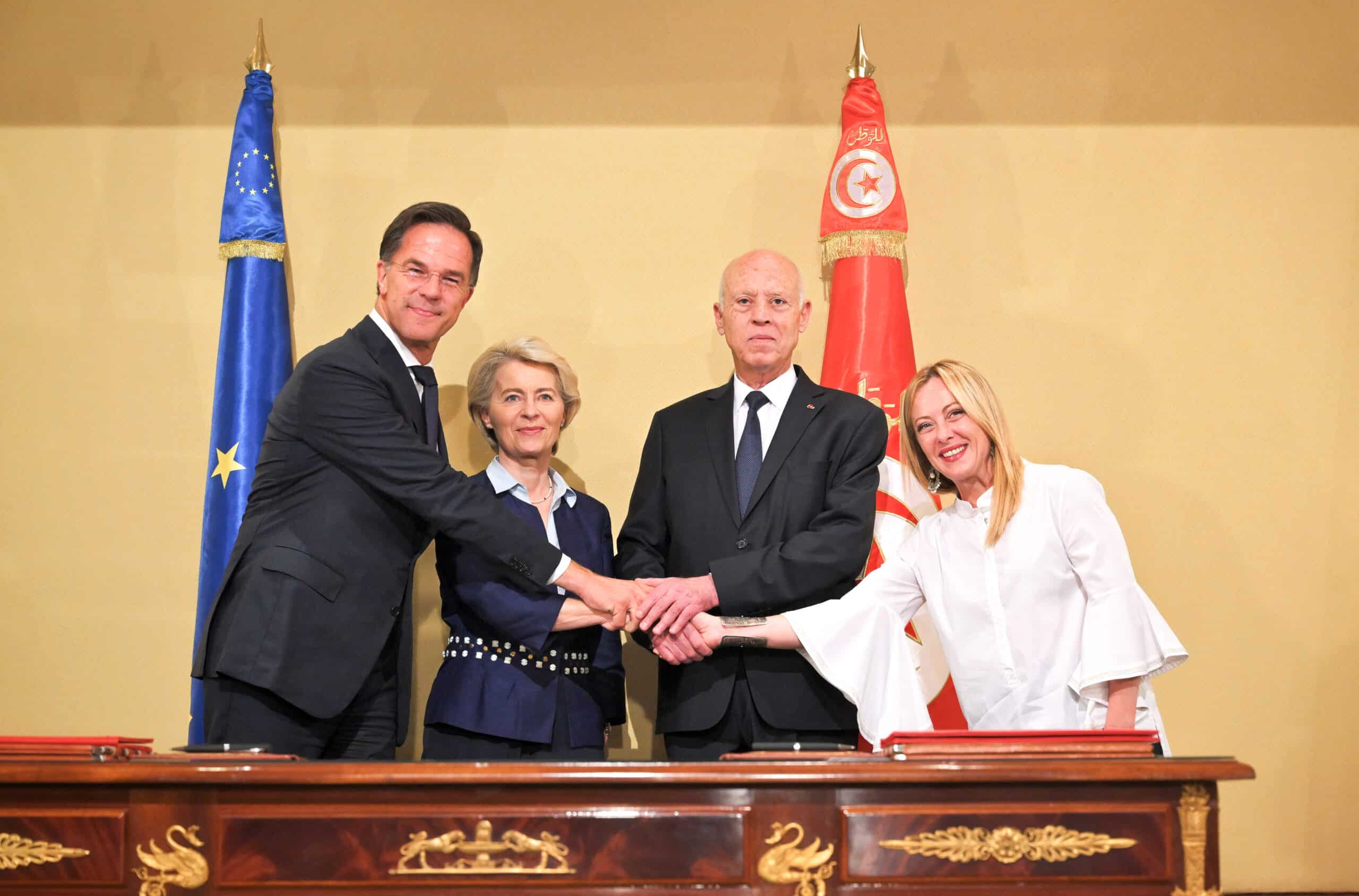The European Parliament and the Council have reached an agreement. Resources will be mutualised over a period of 8 years instead of 10, with 70% of these resources in the first three year. The fund has a target level of €55 billion to help into banking crisis.

The European Parliament and the Council have reached a provisional agreement after a longstanding negotiation on the single resolution mechanism. It was necessary to wait for the end of a 16-hour Trilogue to get the agreement allowing Heads of State or Government of the EU to talk about the agreement during the ongoing meeting today, and the European Parliament to vote it during the last plenary session, the last before the end of this parliamentary term.
According to the provisional agreement, the mutualisation period has been accelerated, hence resources accumulated into the single resolution mechanism will be gathered more quickly. The SRM would enter into force in 2015 and will be fully operational within 8 years (European Commission and Council had previously called for a 10-year period). The Fund has a target level of €55 billion: according to the agreement, resources accumulated in the national compartments will constitute 70 percent of shared resources within the first three years (by the end of 2017), explained at the end of the Trilogue Corien Wortmann-Kool, member of the Committee on Economic and Monetary Affairs and rapporteur of the text for the EPP. Furthermore, if a bank faced serious difficulties, problems shall be solved “within a week.”
Centralised decision-making would be built around a strong Single Resolution Board (the ‘Board’) and would involve permanent members as well as the Commission, the Council, the ECB and the national resolution authorities. As explained by Elisa Ferreira (S&D), rapporteur for the Committee on Economic and Monetary Affairs, the Board in its plenary session would take all decisions of a general nature and the individual resolution decisions which involve the use of the Single Resolution Fund above €5 billion, while its executive session, the Board would take decisions in respect of individual entities or banking groups where the use of the Single Resolution Fund remained below this threshold. The composition of the executive session of the Board would include the Chair, the Executive Director, three other permanent members, while the Commission and the ECB would be permanent observers.
Renato Giannetti


![Una donna controlla le informazioni sul cibo specificate sulla confezione [foto: archivio]](https://www.eunews.it/wp-content/uploads/2014/12/Etichette-alimentari.jpg)


![Ragazza in biblioteca. Nell'Ue chi studia non lavora e neppure cerca. In Italia funziona ancor più così [foto: Tulane University, Wikimedia Commons]](https://www.eunews.it/wp-content/uploads/2024/11/Girl_in_the_Library_3638661587-350x250.jpg)



